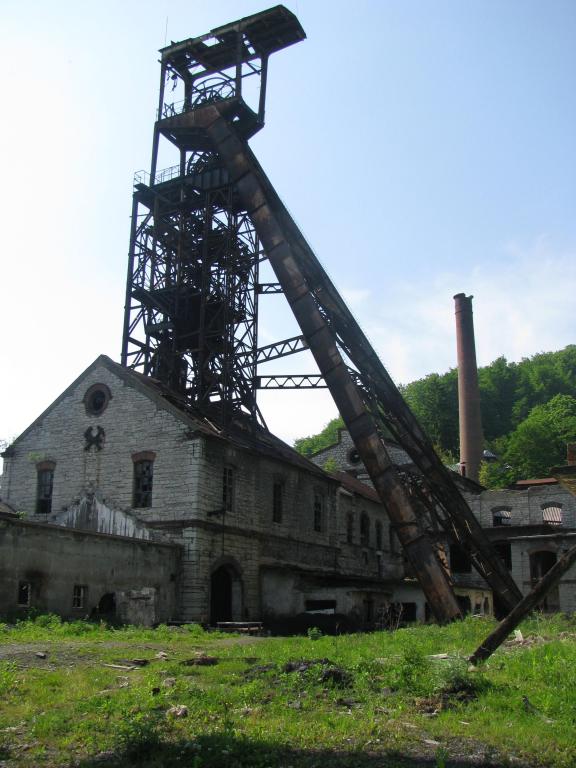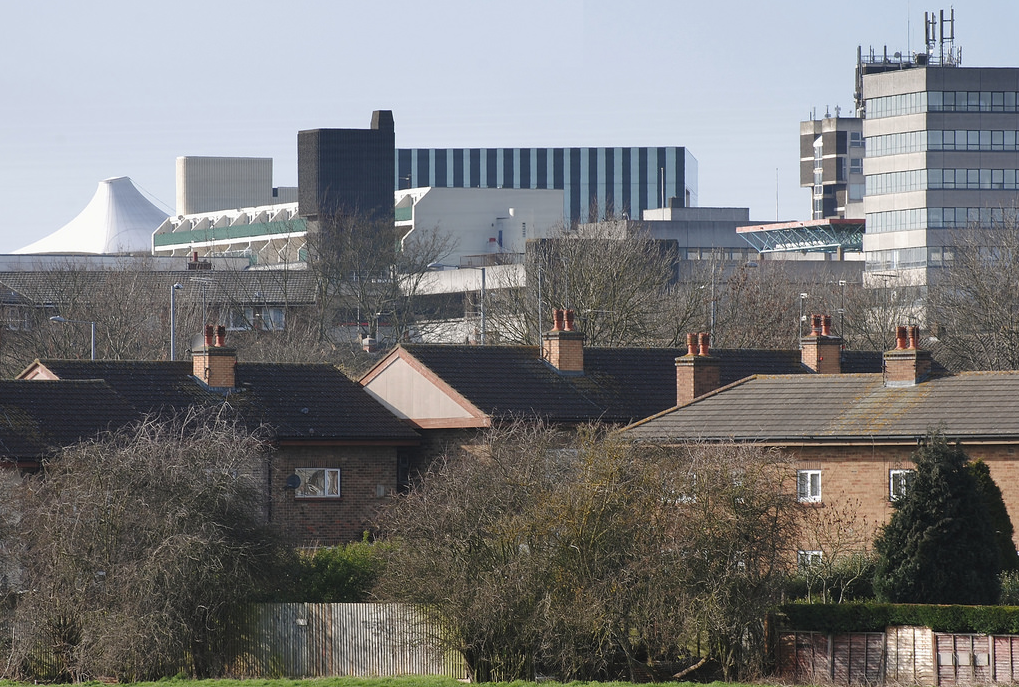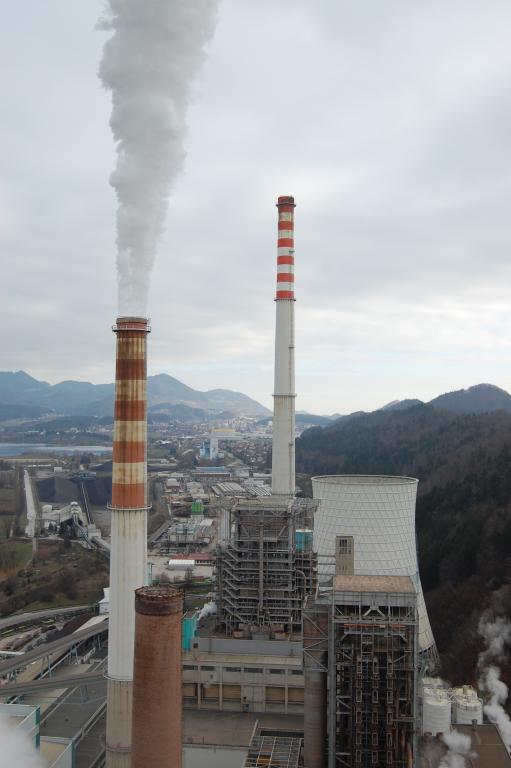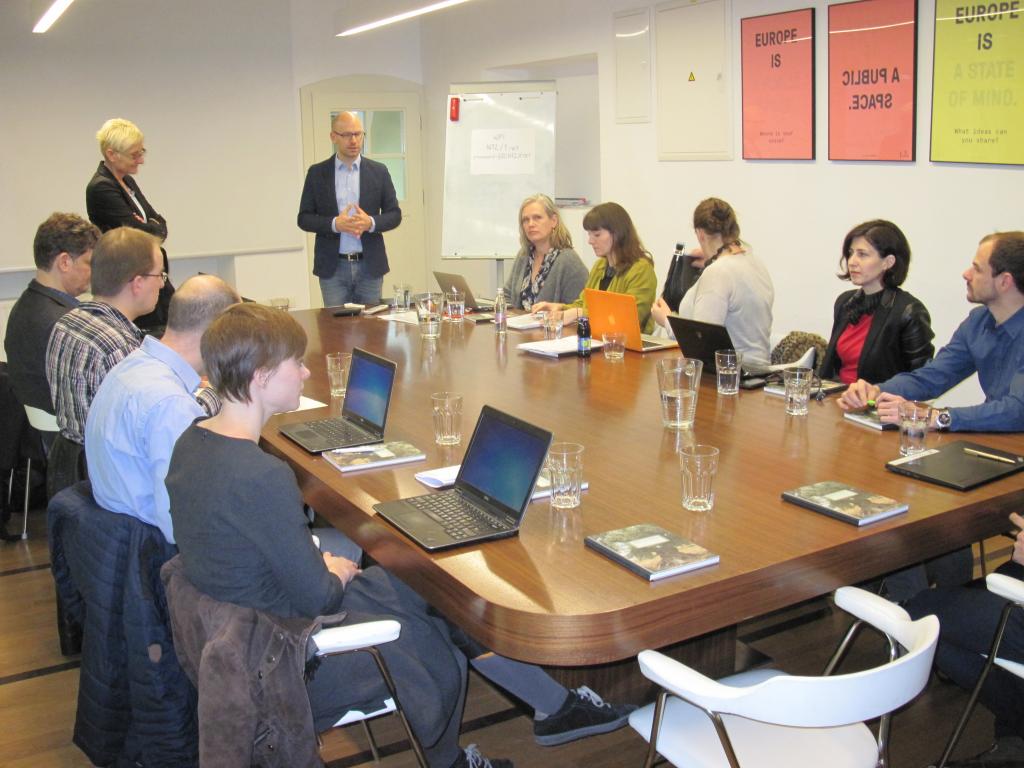Bright Future
Principal Investigator at ZRC SAZU
David Bole, PhD-
Original Title
Bright future for black towns: reinventing European industrial towns and challenging dominant post-industrial discourses
-
Acronym
SVETLA PRIHODNOST
Project Team
David Bole, PhD, Peter Repolusk, BA, Primož Pipan, PhD, Jernej Tiran, PhD, Asst. Prof. Jani Kozina, PhD, Manca Volk Bahun, PhD, Primož Gašperič, PhD, Drago Kladnik, PhD, Janez Nared, PhD, Rok Ciglič, PhD, Peter Kumer, Ph.D., Maruša Goluža, PhD-
ARIS Project ID
H6-8284 (B)
-
Duration
1 March 2017–1 March 2020 -
Link to SICRIS
12441 -
Lead Partner
ZRC SAZU
-
Project Leader
David Bole, Ph.D.
-
Financial Source
H2020

ARRS

Partners
The Young Foundation , Social Life Limited , University of Amsterdam, University of Bucharest , Research Centre of the Slovenian Academy of Sciences and Arts , University of Eastern Finland
BRIGHT FUTURE is a project with the main objective to develop place-specific urban strategies for industrial towns in Europe by respecting their strengths, needs and expectations. The goal is to go beyond dominant economy-driven post-industrial strategies, which are more suited for large cities and to adopt new post-industrial narratives better suited to European urban realities. We are interested in assets and strengths of particular case studies. They will lead to new social and organisational innovations enabling small towns to adapt, to be resilient, and to be sustainable.
Those innovations are considered to be the key outcome of the project and streamlining them into planning and institutional practices is important. The project will have an impact on small towns that are trying to adapt to urban change:
• by increasing understanding of how cities that are dependent on manufacturing can thrive in the future;
• by understanding their economic, cultural and social dynamics;
• by gaining practical knowledge about the innovation and inspiration that can be taken from different cities and replicated or transferred to other situations.
To achieve this goal, the project has a strong trans-disciplinary focus involving non-academic participants in the research.




Work package 1: Project management and communication
Work package 2: Systematisation and conceptualisation of the ‘industrial town’
Objectives: The main objective was to understand the importance and the role of industrial towns within the European urban system and to propose their conceptual model for present and future research. To this end we answered the following three – interrelated – research questions:
1. What are the characteristics and performance of industrial regions in Europe?
2. What are the characteristics and performance of small- and medium-sized industrial towns in Slovenia, Romania, Finland, the Netherlands, and the United Kingdom?
3. What similarities and differences can be identified between small- and medium-sized industrial towns in these countries, and how does this relate to trends at the European level?
Results:
D2.3 Synthesis report on WP2 (Economic performance and place-based characteristics of industrial regions in Europe: Comparative cross-national report)
D2.2 Geoatlas of industry and industrial towns in Europe
National analysis of Slovenian small and medium-sized industrial towns
Work package 3: Comparative analysis of industrial towns – transitions, specificities and narratives
Objectives: To understand transitional processes of European industrial towns in different developmental stages in their national context. We will achieve this by exploring their societal history and its influence on present day visible symbolic structures. Implicit transitional patterns will be explored by gathering locals’ narratives, which offer alternative and grass-root views on (post)industrial development. With them we will reveal the sociocultural elements that are usually poorly represented in research and policy and possible negative and positive experiences within industrial towns that would help us identify future social and institutional innovations (WP4). This will be done through comparing individual cases across 5 countries (UK, the Netherlands, Finland, Slovenia, and Romania).
Work package 4: Identifying social and institutional innovations in industrial towns
Objectives: To identify social and organisational innovations that can boost the transformation or ‘reinvention’ of industrial towns across Europe. We wish to explore the social dimensions of transition, by firstly analysing the social sustainability of each town (using the social sustainability framework developed by Social Life); and then by involving key local stakeholders from different sectors (public, private, civil society and NGOs) in a trans-disciplinary research, through a series of workshops that would bring together stakeholders in a structured facilitated conversation about innovation. The emphasis will be on social & institutional innovation: innovation that builds social and organisational capacity and resilience.
Work package 5: Recommendations for alternative urban development of industrial towns
Objectives: To promote and support innovative social & institutional solutions in urban development strategies. The results will be:
- new governing and political objectives suited to SMITs and their future development;
- concrete guide and policy recommendations for stakeholders.
Atlas of industry and industrial towns in Europe provides an interactive, user-friendly geographical overview of different dimensions of industry in Europe, and especially various possible typologies and issues of small and medium-sized towns. Its aim is also to promote the importance of conducting social and cultural research of industrial towns in order to better understand their evolution and plan their future. This is an ongoing progress, so the contents of the Geoatlas will be constantly updated.
Comparative cross-national report Economic performance and place-based characteristics of industrial regions in Europe discusses the results of the first stage of the research, which aims to provide an overview of the characteristics and geography of industry in Europe and within the five countries involved in the project (Slovenia, Romania, Finland, the Netherlands, and the United Kingdom).
In the National analysis of Slovenian small and medium sized industrial towns (SMITs), we tried to find out the characteristics of SMITs in the national context and how do they compare to the national level. The analysis is based on the collection of 34 variables explaining employment, economic performance, demographic trajectories, living environment, and voting behaviour for 212 LAU 2 units (municipalities).
The report Industrial town semiotics, case study town of Velenje, Slovenia seeks to answer the question of what is the local dominant industrial narrative. We observed the physical ‘landscape’, cultural exhibitions, places of tourist and cultural consumption, official symbols of the Municipality, geographical names, and local strategies. Our findings are based on observations, inventory of symbols and interactions with local people.
The aim of the Joint report on alternative views of (post)industrial development and stakeholder analysis is to discuss how industrial past is represented in townscape of each case study town and what kind of narrative the towns sustain officially. The results are based on the observation of the local townscape, interviews, local strategies and official documents, local media, the cultural products, and historical data. Additionally, alternative views and interpretations on (post)industrial development are pointed out. The common features of the towns are also highlighted
The report on social sustainability assessment of Velenje presents the assessment which will be used as a prompt to identify the social and organisational innovation that can boost the transformation or ‘reinvention’ of industrial towns across Europe.
The aim of this team report is to present the working process and results within WP4 with an objective to identify social innovations in industrial town of Velenje, Slovenia. We discovered that the town of Velenje possesses a favourable environment for designing social innovations thanks to its developed industrial culture, which includes the ability of its actors to cooperate, its pioneering spirit, high innovation capacity, and a great sense of solidarity.
This report presents a comparative analysis of the results of WP4. The focus was to generate ideas for context-specific social innovations in the project’s five case study towns, based on a participatory action research process carried out in each town.
The present strategic guide offers political recommendations and analyses in order to rethink the role of social innovations in the transformation and restructuring processes of SMITs.
The aim of this guide was to synthesise and highlight major challenges of the five case study towns and to suggest policy recommendations or policy implications. It can also be useful for stakeholders in other industrial towns that have similar characteristics and contexts of evolution.
.